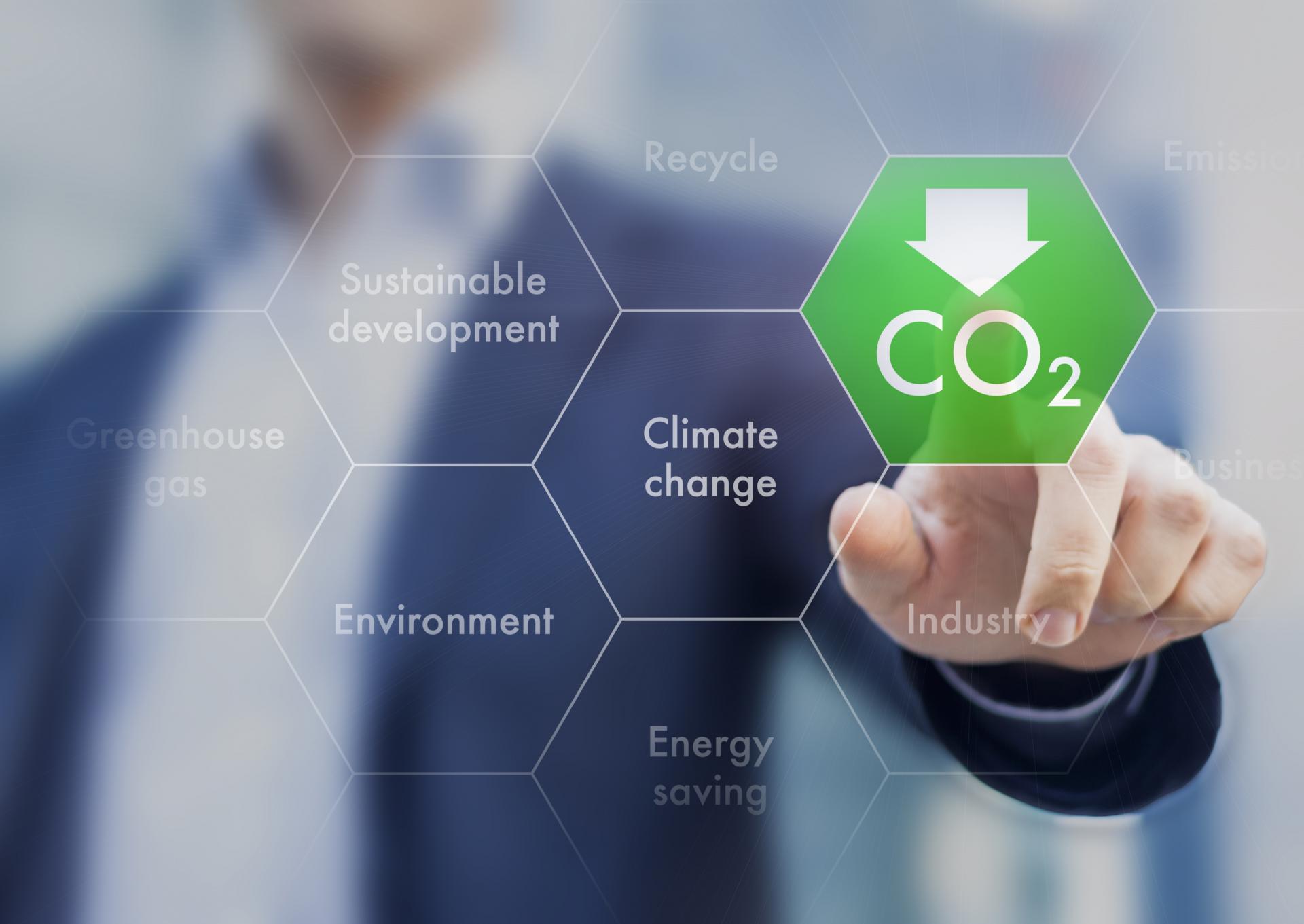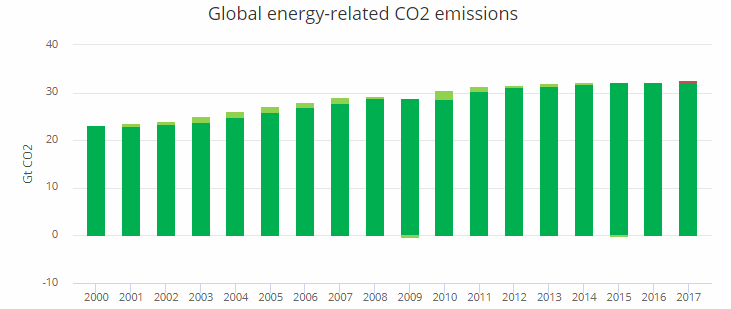
Counting Change
Close your eyes.
Take a deep breath.
Think of something that is important to you.
What did you pick?
Our changing climate already impacts what’s important to you, whether that’s your child’s health, favorite vacation spot or your retirement portfolio.
Health, food, water, forests, energy, transportation, security and a range of other natural and human systems will have interconnected consequences in our communities and economies. Worse are the effects on preexisting conditions. Climate change exacerbates current vulnerabilities of infrastructure, ecosystems, and people living with social and economic inequity.
We need all hands on deck to fix the climate problem. National governments, local governments, for-profit businesses, financial institutions, individuals and nonprofit organizations must show up as our best selves to do this.
In an interdependent relationship with other sectors of society, nonprofits stand ready (and we push and pull and reach and bend and twist and shout) to play our impactful role in addressing climate change.
A nonprofit’s raison d’ être is to deliver on its mission in pursuit of its vision. Because energy accounts for 80 percent of the CO2 contributing to climate change, nonprofits whose purpose is to combat climate change must address energy.

At Slipstream we are passionate about mitigating climate change through energy interventions. In 2019 Slipstream is launching new indicators that help us—and stakeholders—analyze and evaluate the most important aspects of our research, clean energy, and financing programs. Slipstream will track and report our social, environmental, economic and innovation impacts, and we’ll share those metrics publicly.
Measuring and telling the stories of innovation will be especially motivating and challenging, and probably muddy in some cases. Say “innovation” in a crowd and someone will say “Apple.” Someone might even try to recite Here’s to the Crazy Ones from Apple’s Think Different Campaign and Steve Jobs’ Stanford University commencement speech, and appropriately so—there’s no denying the iconic innovation of Apple.
But innovation does not always look like iPhones. Sometimes we see sector failure: market and government sectors fail to provide public goods and respond to diverse social needs, and nonprofits must fill the gaps.
This is where the innovation that doesn’t look like iPhones happens. Slipstream curbs emissions from energy. We include those who are systemically marginalized. That means we work at the intersection of research, technology, markets, human behavior, finance, policy, communication and more. We figure out what levers to use and interventions to make, and then move farther, faster and more inclusively toward a clean energy economy.
Here’s an example: Slipstream’s work on beneficial electrification. Deep decarbonization pathways analyses show that widespread electrification is the future. If we take an aggressive approach to electrifying end uses while decarbonizing energy generation, we can deliver a triple win. The environment wins by reducing emissions and achieving climate goals. Consumers win by reducing energy costs in the long run. The electric power sector wins from clean load growth and reversing an anemic sales trend. Where do we sign up?
Transportation electrification will play a very significant role in electrifying the economy overall, closely followed by electrifying space and water conditioning in buildings. Space and water heating accounts for 62 percent of residential energy use in the United States, and cooling accounts for another 8 percent, making these uses great opportunities to increase efficiency and reduce or eliminate fossil fuels. Heat pump technology is likely to play a central role in building electrification particularly since air source heat pumps have advanced to perform at 300 percent efficiency and provide comfort in cold climates like never before.

The thing is, almost nobody is jazzed about replacing a furnace or water heater early or upon failure. Remember your last cold shower? Folks are not preparing for heat pump adoption on their own, and people are not excited about higher incremental costs. Also, many contractors are unfamiliar or don’t have confidence in heat pump technology, particularly air source heat pump technology in cold climates. The energy efficiency industry also continues to have an appetite for more case studies of air source heat pump performance in cold climates before widely recommending the equipment in the Midwest, for example. Together these factors generate minimal demand for heat pump technology and affect stocking practices.
Heat pump technology needs intervention in the value chain to further adoption as a beneficial electrification and deep decarbonization strategy. Because water and space heating is replaced infrequently, (space heating two times and water heating three times in a 35-year period) we must intervene swiftly as to not forego limited opportunities to secure clean energy end uses.

Slipstream is engaging distributors to set up a midstream incentive model in a rural utility territory with a cold climate, where other market actors would not typically take on the risk and the limited scale. The benefits of this midstream model include:
- Reducing upfront cost barriers to utility consumers
- Eliminating contractor and consumer paperwork and facilitating participation
- Encouraging stocking of heat pump technology by distributors
- Reducing utility program administration and transaction costs related to incentive fulfillment
- Optimizing incentive funding
- Leveraging distributors as program ambassadors and as a low-cost/free sales force
- Increasing energy savings by increasing the number of heat pump units installed
Slipstream is also conducting additional field work in which sensors are installed and monitored to gauge the performance of air source heat pumps in a cold climate as well as the user experience. Case studies will detail field work results and contribute to the limited body of knowledge regarding the cold climate technology, share lessons learned, and build confidence about the technology within the value chain.
By monitoring and analyzing dual fuel systems in a cold climate, we will better understand the user experience, system performance, economics, and the energy and emissions impacts of air source heat pumps with a backup fossil fuel system.
Slipstream also delivers HVAC contractor and consumer marketing, education and outreach to increase familiarity with the technology in the market.
Lastly, the Slipstream team is conducting scoping studies of residential builders and HVAC technical schools to ready the workforce and broader market with knowledge of heat pump technology and its benefits.
We’ll count this work in our innovation pillar in 2019. It doesn’t look anything like an iPhone—rather the innovation happens when a champion lifts the work that needs to be done to achieve a good we all really need and want (whether we knew it or not).